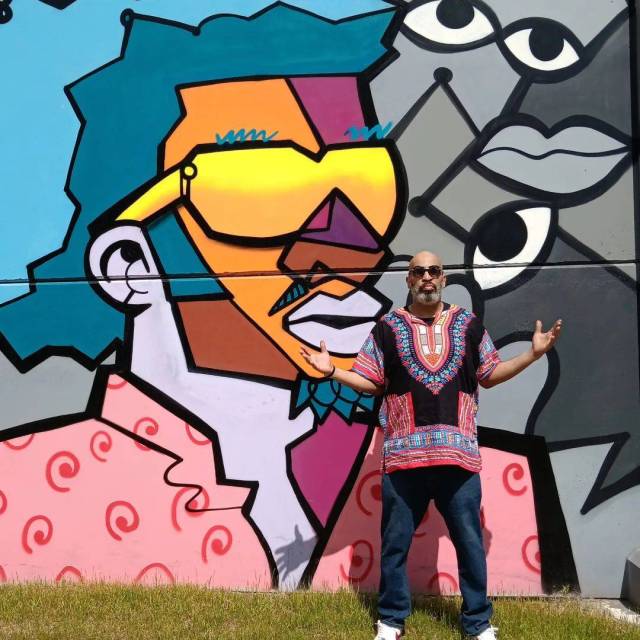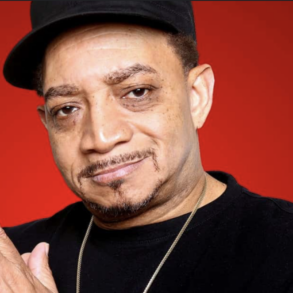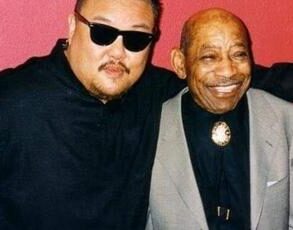Image via Dez/Instagram
Gautham Nagesh is critic at large for POW.
From the mid- ‘90s until his death in 2006, J Dilla created a body of work that changed popular music forever. With just an MPC and deep crates, the Detroit producer rapper reimagined how artists approach rhythm – simultaneously combining the steady metronome of Western percussion with the syncopated, swing feel of jazz or funk. His beats evoke a woozy, off-kilter sensation, which seemed as initially perplexing as it has become revered.
This innovation and its influence are best documented by author Dan Charnas in his meticulous Dilla Time. The combination of straight time and swing time in beats crafted by Dilla for artists such as A Tribe Called Quest, Common and Pharcyde, sparked a widespread revolution in how producers approach percussion. As Charnas notes, in the decades since Dilla’s approach to rhythm has influenced everyone from D’Angelo (Voodoo) to Kendrick Lamar (To Pimp a Butterfly) to jazz pianist Robert Glasper.
At the time, as a teenager in Michigan, I knew none of this. I was vaguely aware of J Dilla, a rapper from Slum Village. I definitely owned many of the albums he produced, but this was before the era of Low End Theory in LA and the Beat Profile at Paramita Sound in Detroit, when the producer briefly replaced the MC atop hip-hop’s totem pole. Mostly what we knew was what we eventually came to understand as the Dilla vibe: something loose, with soul, that sounded more human than what was on the radio, and always made you bob your head to the beat.
Dilla died just days after the release of his second album Donuts in 2006 due to a rare blood disease and complications from Lupus. Yet his reputation has grown immeasurably since, with celebrations and studies of his work increasingly a staple of cultural institutions globally. Dozens of compilations and records have been released featuring some of the hundreds of unreleased tracks and beats he left behind.
Among the more intriguing records are snippets of Dilla’s experimentations with a Moog synthesizer and dance music, including Dillatronic, which are somewhat unexpected despite Detroit’s status as the birthplace of techno. The Broad Museum is hosting a celebration of his influence on House music on July 19th as part of the ongoing Dillafest series this summer. Tickets are available here.
Dilla spent the last few years of his life in Los Angeles, living with Common and collaborating with producer Madlib. Detroit luminaries including Moodymann, Dez Andrés, Dames Brown and Mark de Clive-Lowe will take part in an ensemble performance highlighting Dilla’s legacy. The night will also feature local talents DJ Ashley Younniä and DJ Rashida and be hosted by The Yancey Boys AKA Illa J + Frank Nitt. The guests were co-curated by Mahogani Music and Fusicology.
Andrés – real name Humberto Hernandez – is a 48-year old Detroit native who spent the 80s in Southern California. He moved back to Detroit in 1989 and met Dilla in ‘92 at the home of the late great Amp Fiddler, keyboardist for Parliament-Funkadelic among other acts. The son of renowned percussionist Nengue Hernandez, Dez later served as DJ for Dilla’s rap group Slum Village at Dilla’s request. A staple in Detroit, Dez is a veteran of both the hip-hop and house music scenes, having learned to use the MPC from Amp Fiddler himself.
His hip-hop album A Piece of the Action with DJ Butter still lingers in CD changers across Southeast Michigan, and his Andres House records on Mahogani Music are grails for vinyl collectors from Oakland to Berlin. So Dez was uniquely qualified to answer a few questions via phone: (Full Disclosure: Dez played my wedding in May. Questions and answers have been edited for length and clarity.)
This post was originally published on this site be sure to check out more of their content.









